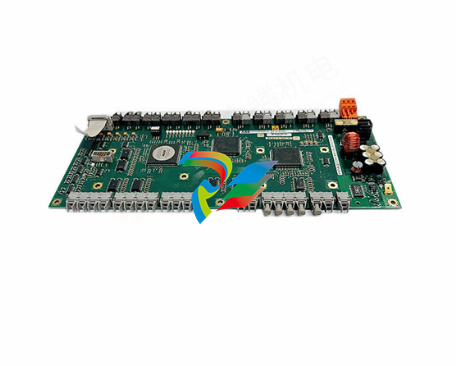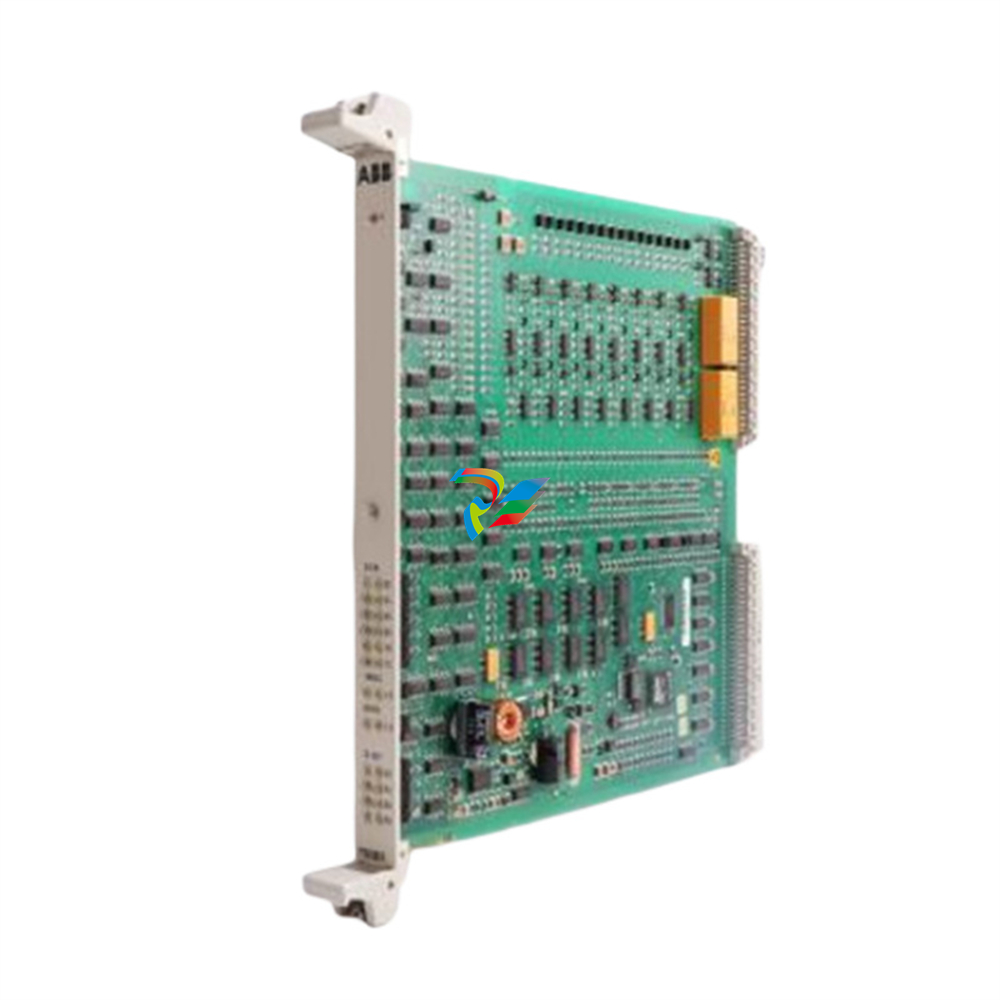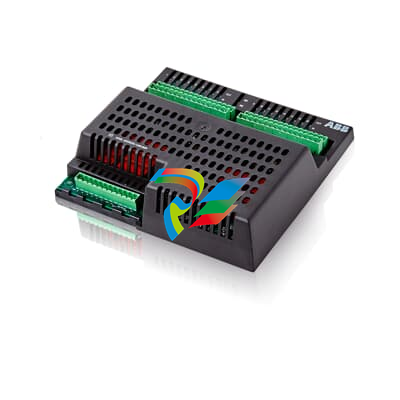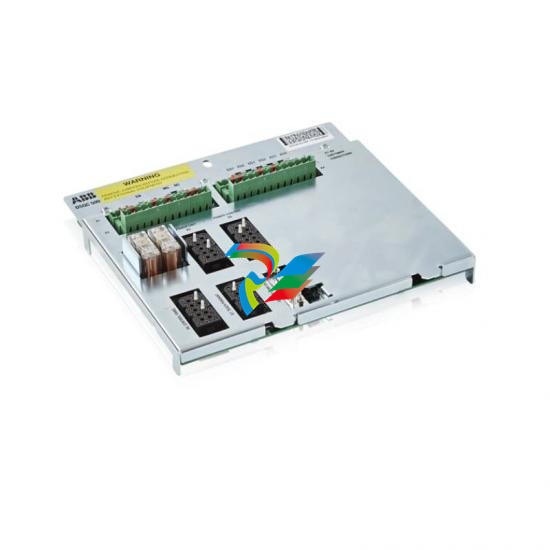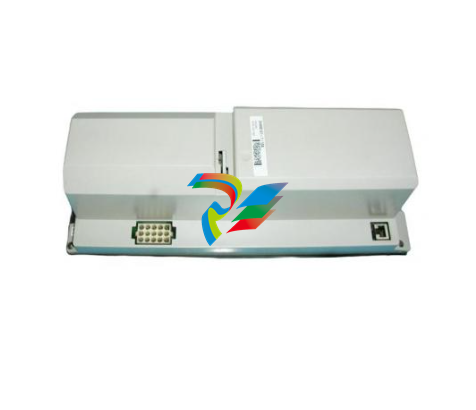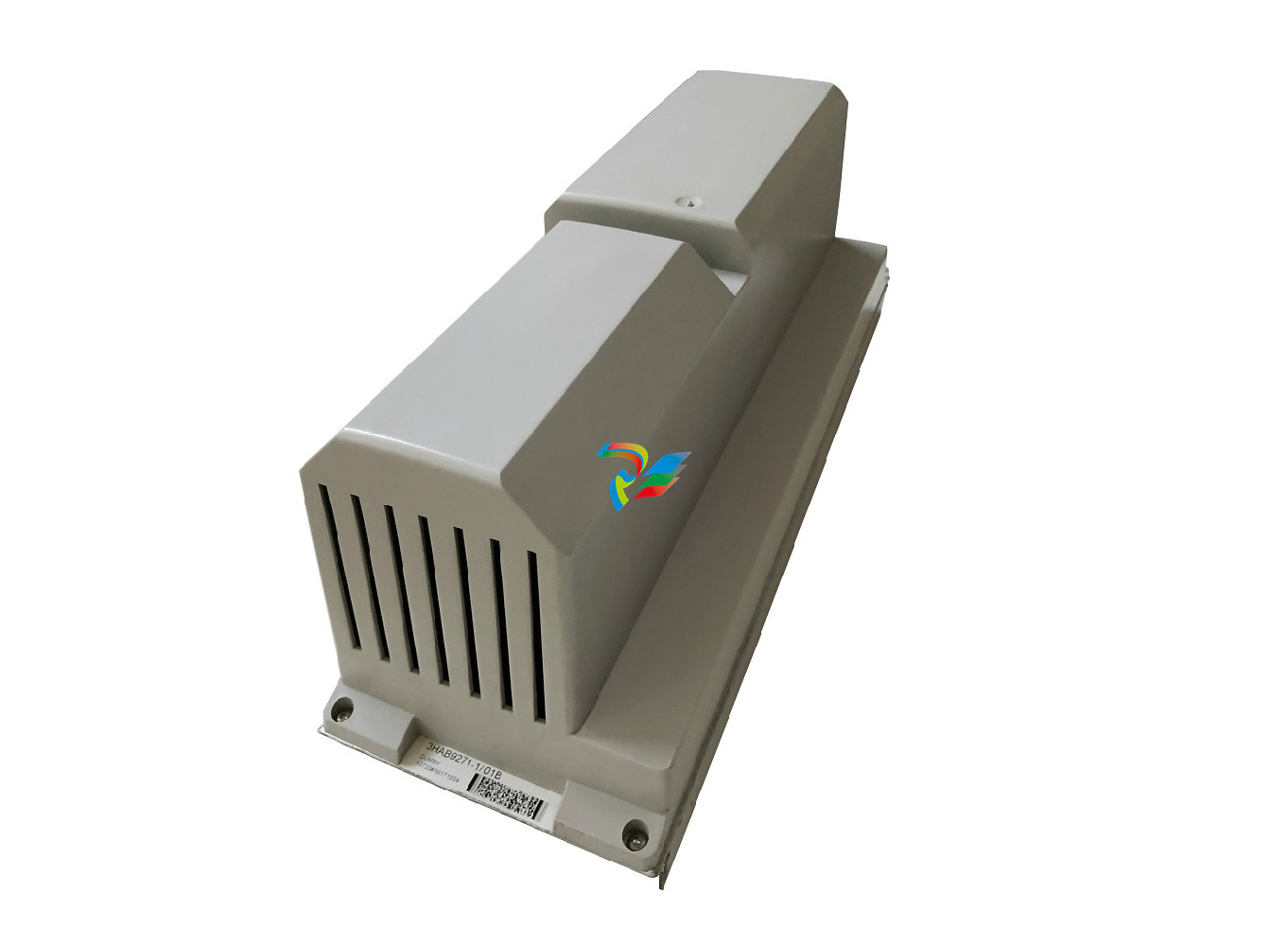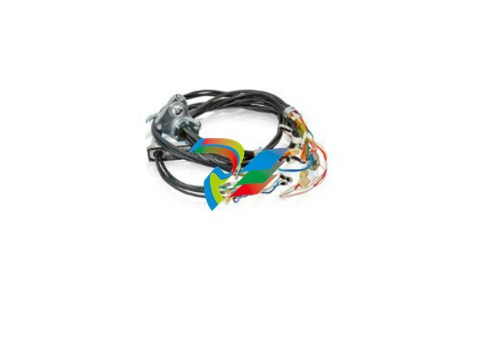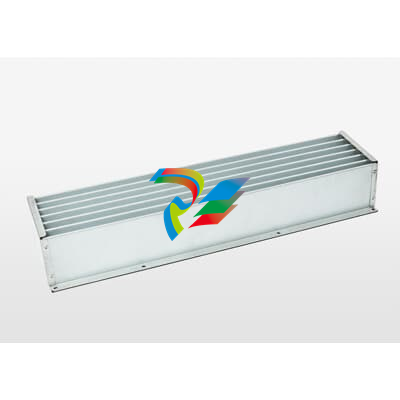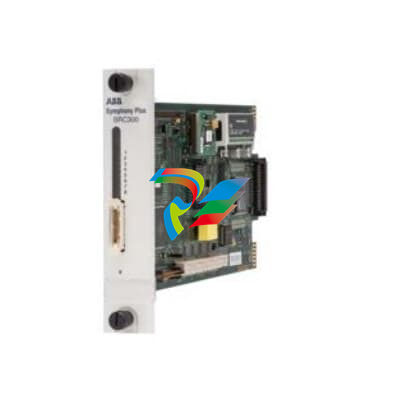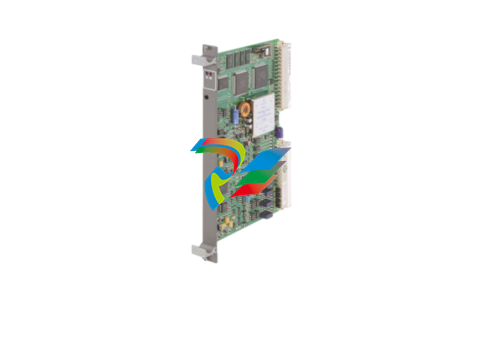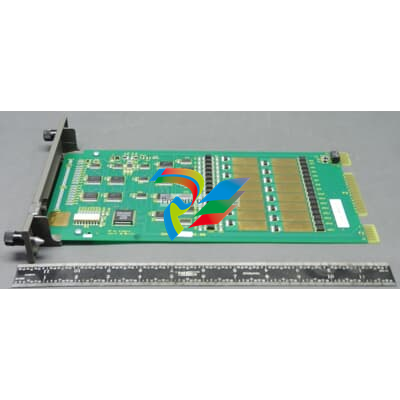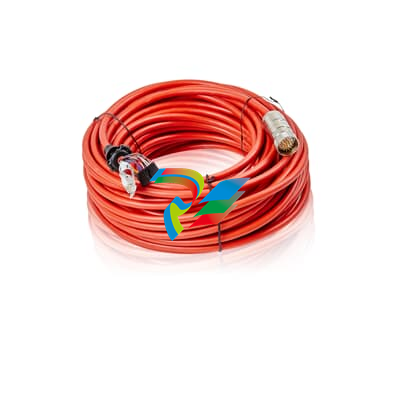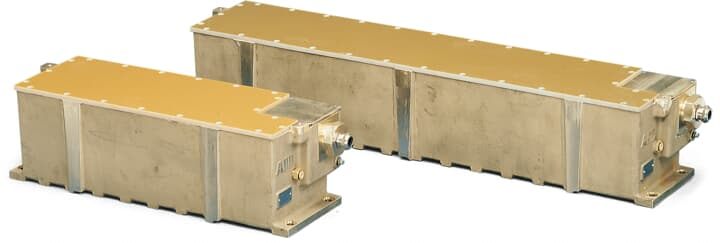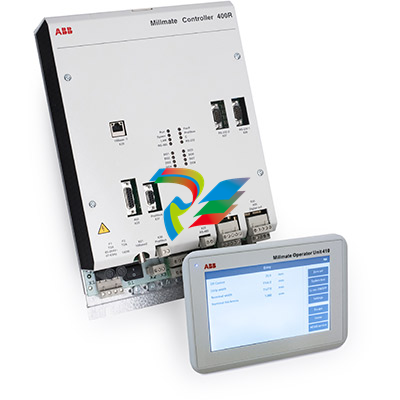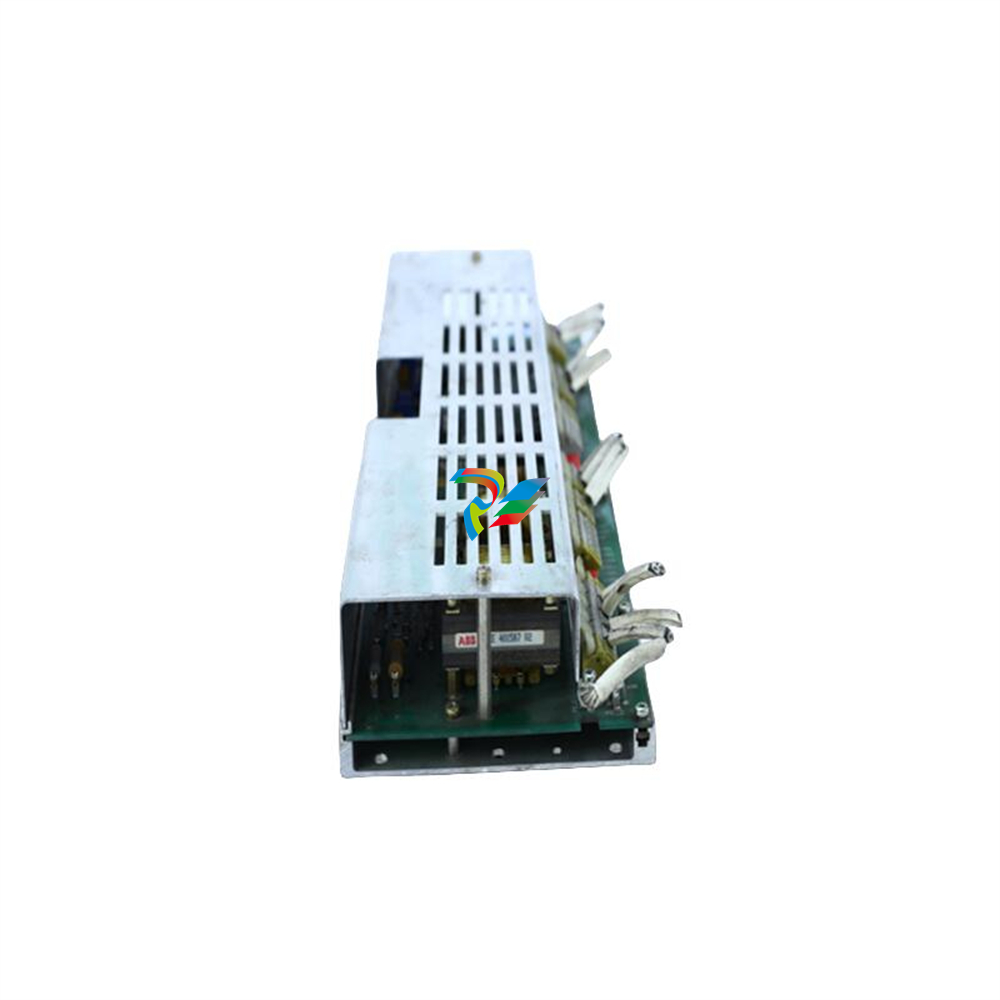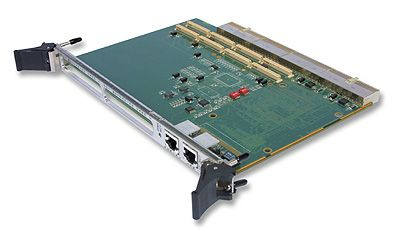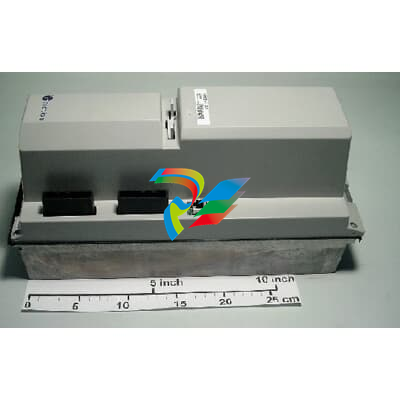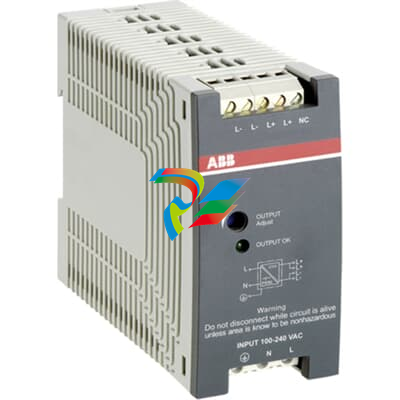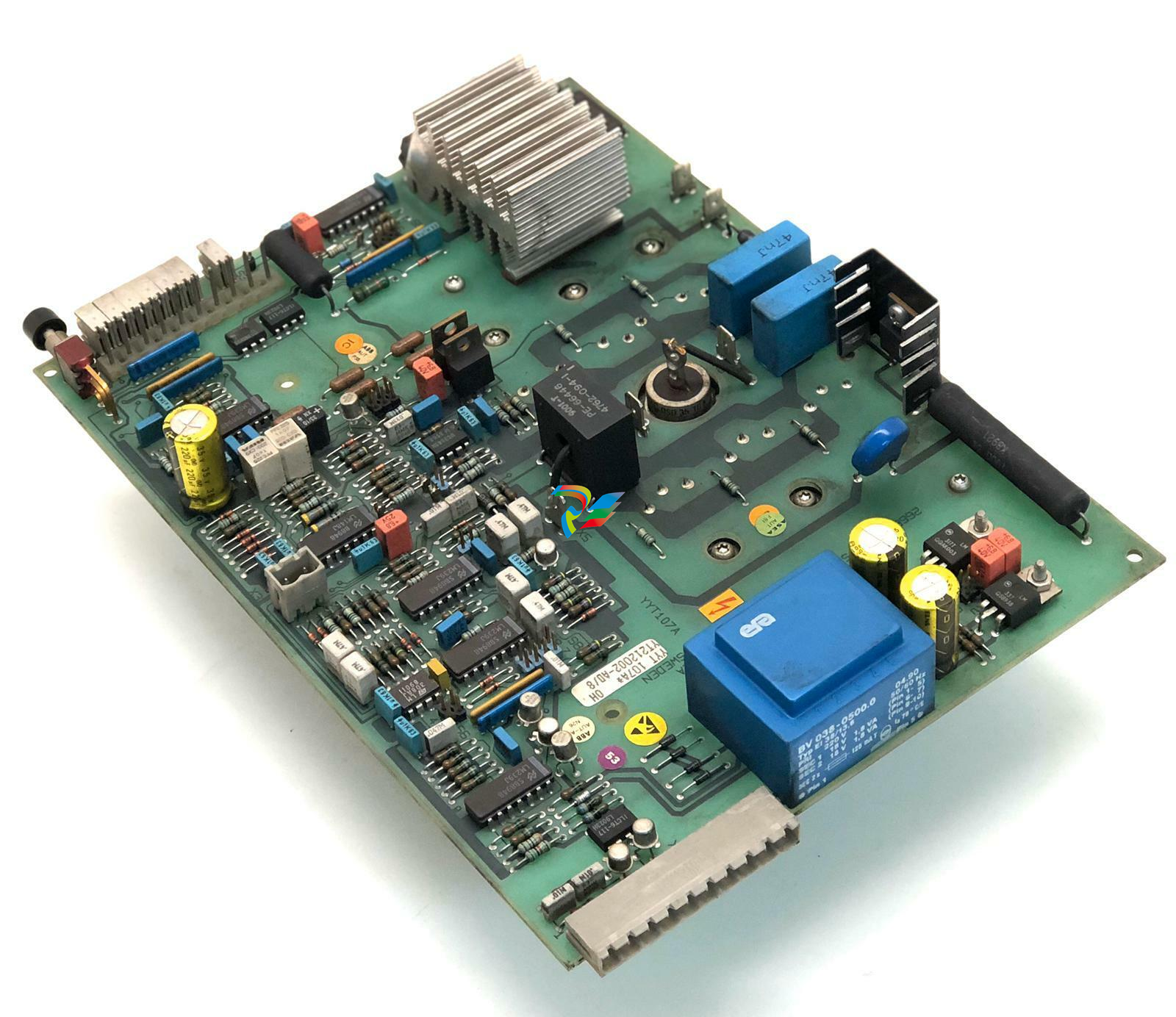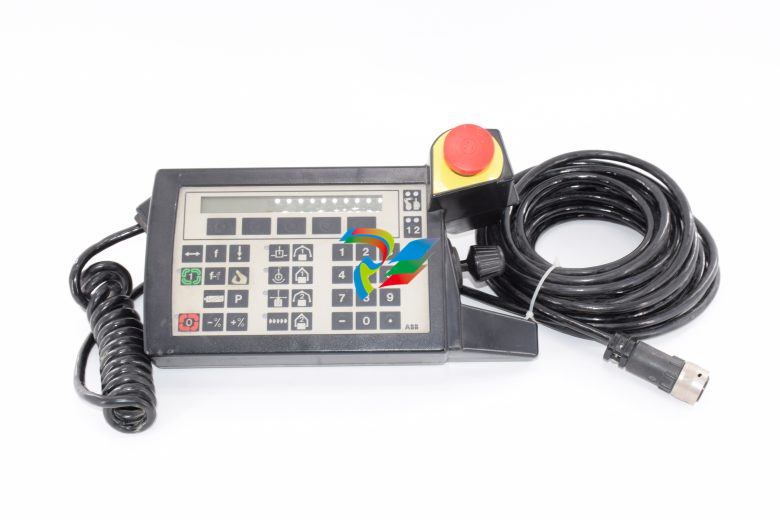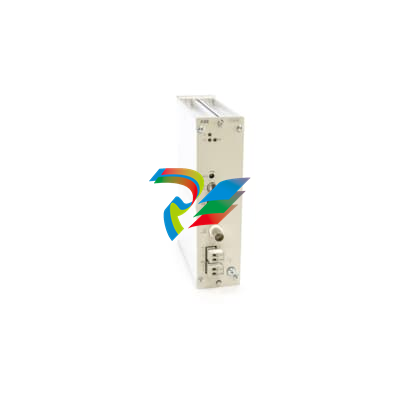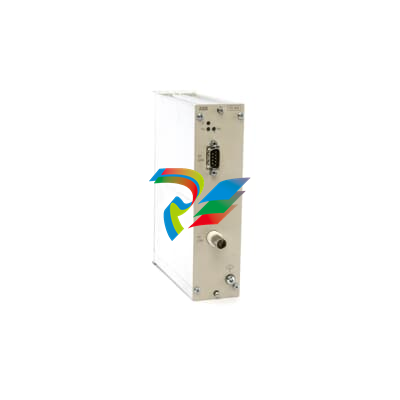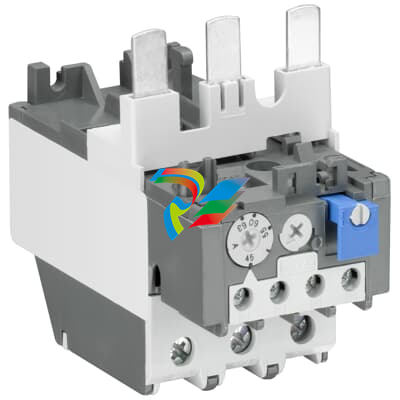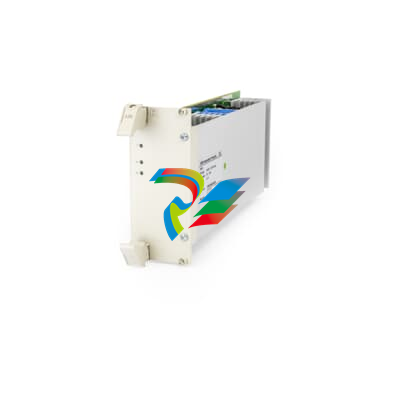
NIOPERATING INSTRUCTIONS AND SPECIFICATIONS NI 9505
This document describes how to use the National Instruments 9505
module and includes specifications and pin assignments for the
NI 9505.
Note The safety guidelines and specifications in this
document are specific to the NI 9505. The other
components in the system may not meet the same safety
ratings and specifications. Refer to the documentation for
each component in the system to determine the safety
ratings and specifications for the entire system.
Caution This product may cause radio interference in
a domestic environment, in which case supplementary
mitigation measures may be required.
Related Information
Safety Guidelines
Operate the NI 9505 only as described in these operating
instructions.
Safety Guidelines for Hazardous Locations
The NI 9505 is suitable for use in Class I, Division 2, Groups A, B,
C, D, T4 hazardous locations; Class I, Zone 2, AEx nA IIC T4 and
Ex nA IIC T4 hazardous locations; and nonhazardous locations
only. Follow these guidelines if you are installing the NI 9505 in a
potentially explosive environment. Not following these guidelines
may result in serious injury or death.
Caution Do not disconnect I/O-side wires or connectors
unless power has been switched off or the area is known to
be nonhazardous.
Caution Do not remove modules unless power has been
switched off or the area is known to be nonhazardous.
Caution Substitution of components may impair
suitability for Class I, Division 2.
Caution For Division 2 and Zone 2 applications, install
the system in an enclosure rated to at least IP 54 as defined
by IEC/EN 60079-15.
Caution For Division 2 and Zone 2 applications, install a
protection device between the input signal and the Vsup
pin. The device must prevent the Vsup-to-channel voltage
from exceeding 42 V if there is a transient overvoltage
condition.
Special Conditions for Hazardous Locations Use in
Europe and Internationally
This equipment has been evaluated as Ex nA IIC T4 Gc equipment
under DEMKO Certificate No. 07 ATEX 0626664X and is IECEx
UL 14.0089X certified. Each module is marked II 3G and is
suitable for use in Zone 2 hazardous locations, in ambient
temperatures of -40 °C Ta 70 °C. If you are using the NI 9505
in Gas Group IIC hazardous locations, you must use the device in
an NI chassis that has been evaluated as Ex nC IIC T4, Ex IIC T4,
Ex nA IIC T4, or Ex nL IIC T4 equipment.
Caution You must make sure that transient disturbances
do not exceed 140% of the rated voltage
Caution The system shall only be used in an area of not
more than Pollution Degree 2, as defined in IEC 60664-1.
Caution The system shall be mounted in an
ATEX/IECEx-certified enclosure with a minimum ingress
protection rating of at least IP54 as defined in
IEC/EN 60079-15.
Caution The enclosure must have a door or cover
accessible only by the use of a tool.
Electromagnetic Compatibility Guidelines
This product was tested and complies with the regulatory
requirements and limits for electromagnetic compatibility (EMC)
as stated in the product specifications. These requirements and
limits are designed to provide reasonable protection against
harmful interference when the product is operated in its intended
operational electromagnetic environment.
This product is intended for use in industrial locations. As such,
there is no guarantee that harmful interference will not occur in
a particular installation, when the product is connected to a test
object, or if the product is used in residential areas. To minimize
the potential for the product to cause interference to radio and
television reception or to experience unacceptable performance
degradation, install and use this product in strict accordance with
the instructions in the product documentation.
Furthermore, any changes or modifications to the product not
expressly approved by National Instruments could void your
authority to operate it under your local regulatory rules.
Caution To ensure compliance with the applicable
regulatory requirements, product installation requires
either special considerations or user-installed, add-on
devices. See the product installation instructions for
further information.
Caution The inputs/outputs of this product can be
damaged if subjected to Electrostatic Discharge (ESD). To
prevent damage, industry-standard ESD prevention
measures must be employed during installation,
maintenance, and operation.
Special Conditions for Marine Applications
Some modules are Lloyd’s Register (LR) Type Approved for
marine applications. To verify Lloyd’s Register certification, go
to ni.com/certification and search for the LR certificate, or
look for the Lloyd’s Register mark on the module.
Caution To meet radio frequency emission requirements
for marine applications, use shielded cables and install the
system in a metal enclosure. Suppression ferrites must be


































































































